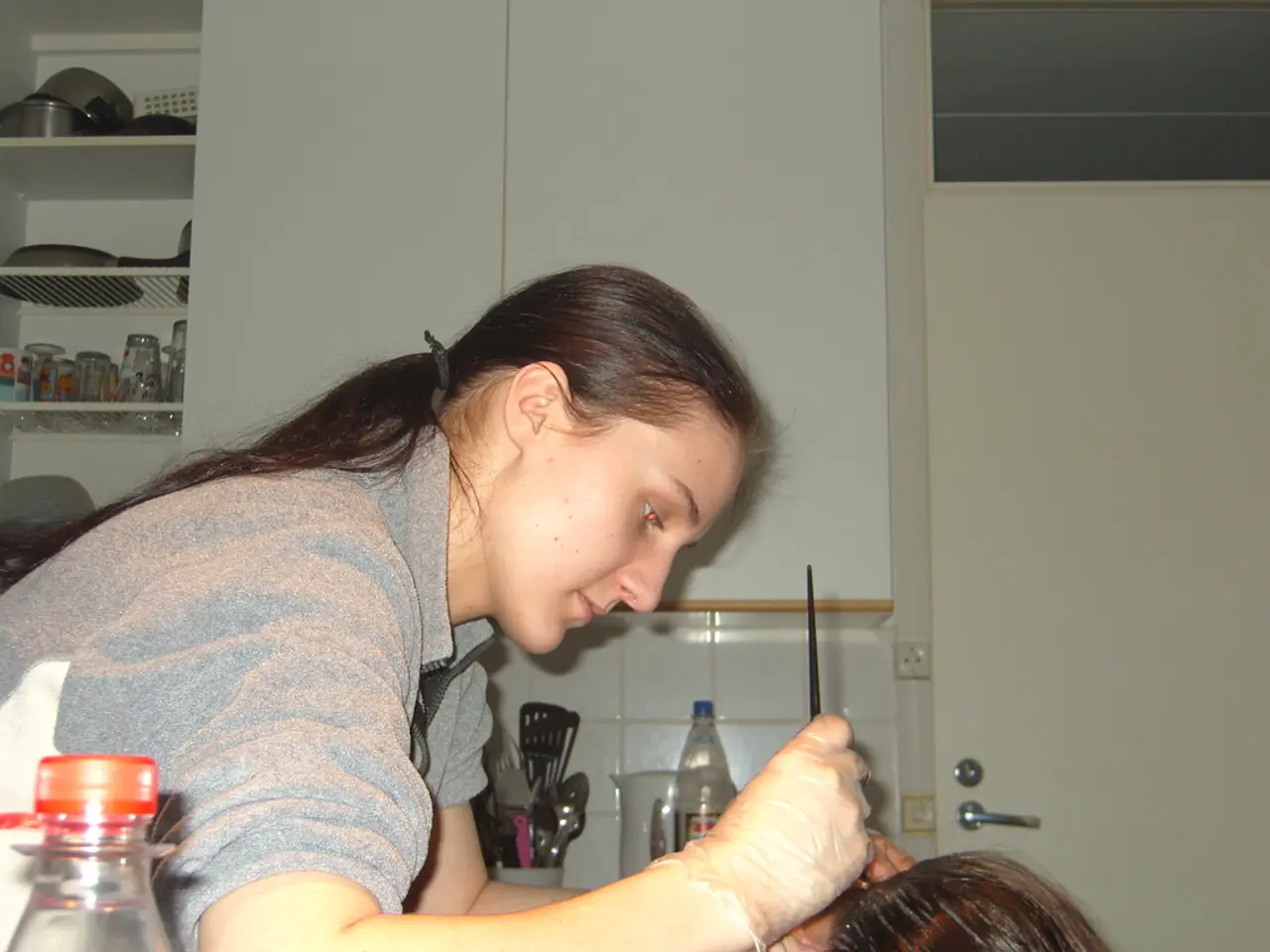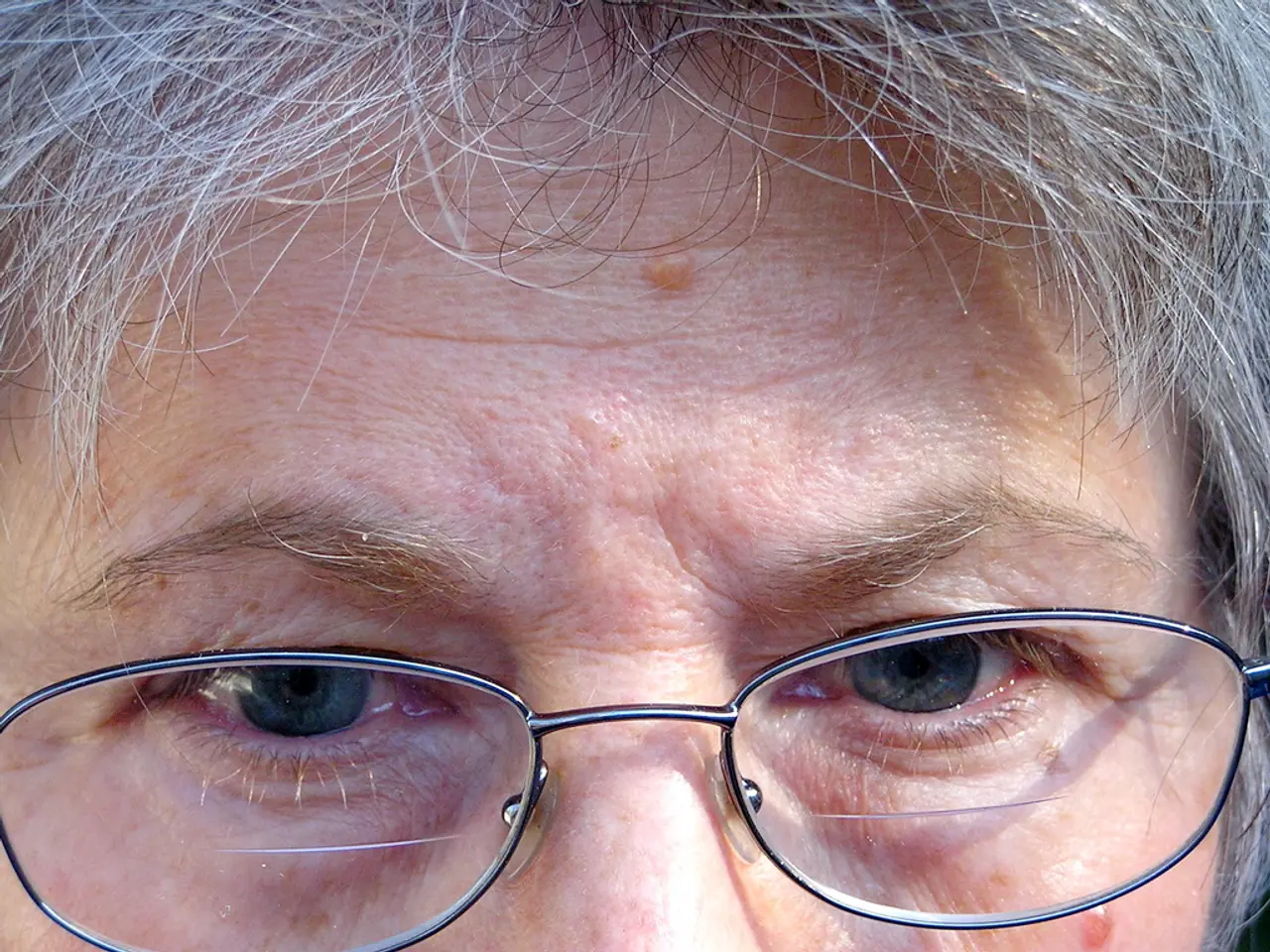Strategies for Minimizing Leg Shaving Irritation
In the quest for smooth, hair-free legs, razor burn can often be an unwelcome side effect. To minimize this irritation, it's essential to follow proper shaving techniques and maintain good skin care.
Firstly, minimizing shaving is a great way to reduce the risk of razor burn. Try to remove hair in a single pass, and if your legs are irritated, wait for the skin to recover before shaving again.
Shaving cream or gel can soften and coat the hair, allowing for a single-pass shave and eliminating the need to go over the area multiple times. Moreover, the use of a sharp razor is crucial for minimizing irritation.
Pre-shaving preparation is equally important. Softening the skin and hair with warm water and exfoliating before shaving can help remove dead skin cells, preventing ingrown hairs and reducing the risk of razor burn.
Post-shaving care is equally vital. Applying a soothing moisturizer can calm and protect the skin. Regular exfoliation (every 3-4 days) using a gentle scrub or chemical exfoliants like glycolic or salicylic acid can further help in this regard.
For treating razor burn at home, applying a thick paste of baking soda can help heal the affected area and relieve discomfort. Maintaining skin hydration and avoiding shaving over irritated skin until it heals is also important. If irritation persists, soothing topical creams or aloe vera gel can help reduce inflammation.
Additional tips include always using a clean, sharp razor to avoid cuts and irritation, avoiding shaving against the grain, which increases the risk of razor bumps and burns, and using an electric shaver, which reduces the likelihood of skin irritation.
It's also worth noting that certain hair removal methods, such as waxing, epilation, and hair removal cream, can cause irritation, folliculitis, ingrown hairs, and pain. Therefore, it's essential to take precautions and consult a dermatologist if needed.
In summary, preventing razor burn involves careful pre-shaving preparation, shaving with proper technique, and post-shaving care. For minor razor burns, home remedies like baking soda paste and moisturizers can provide relief. When in doubt, consult a dermatologist for personalised advice.
[1] Mayo Clinic. (2020). Razor burn: Prevention and treatment. https://www.mayoclinic.org/diseases-conditions/razor-burn/symptoms-causes/syc-20374431 [2] American Academy of Dermatology. (2020). Shaving and hair removal. https://www.aad.org/public/skin-hair-nails/skin-care/shaving-and-hair-removal [3] WebMD. (2020). Razor burn: Symptoms, causes, and treatments. https://www.webmd.com/skin-problems-and-treatments/razor-burn-symptoms-causes-treatments#1 [4] Healthline. (2020). How to prevent razor burn. https://www.healthline.com/health/how-to-prevent-razor-burn [5] Cleveland Clinic. (2020). Razor burn: How to prevent and treat razor burn. https://my.clevelandclinic.org/health/diseases/17180-razor-burn
- Considering the importance of skin health, using hair removal methods like waxing and epilation may lead to irritation, folliculitis, ingrown hairs, and pain, which can be mitigated by taking precautions or consulting a dermatologist.
- Embracing a holistic approach to women's health, incorporating skin-care practices such as regular exfoliation (every 3-4 days) with gentle scrubs or chemical exfoliants like glycolic or salicylic acid can help prevent razor burn and promote overall skin health.
- Leveraging the advances of science, researching various hair removal techniques like lasers or light-based systems may offer permanent hair removal options, potentially eliminating the need for shaving and the associated risks of razor burn, as well as promoting health-and-wellness by reducing the burden of regular hair removal.




